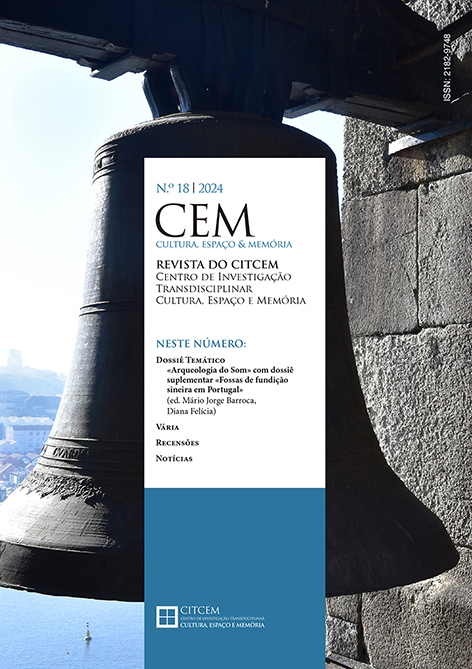Música em pedra —
imagens de música na escultura românica em Portugal
Abstract
Since musical instruments from the Romanesque period are practically non-existent, iconographic sources are particularly important to get close to the musical universe of that time. Studying the images allows us to shed a little on the way they were played, the relative dimensions of the instruments, their relationship with other artistic expressions, such as dance, for example, or to confirm other relevant elements. It should be noted that for the sculptors of that period, the figuration of instruments was a new challenge, since in the High Middle Ages, musical images appeared almost exclusively in illuminated manuscripts. Thus, the Romanesque period is also a period of rehearsal and discovery in this area. About the Romanesque in the Peninsula and France, it can be said that some motifs circulated between building sites, certainly due to the circulation of craftsmen and master builders. In the Portuguese case, there are no major iconographic programmes. Figurative themes represent a small part of the sculpture, mostly ornamental sculpture of a vegetal nature, present in modillions or capitals. In terms of the variety of musical instruments, chordophones predominate; aerophones are all signalling instruments, like oliphants. However, the constructive impetus recorded in our Romanesque favoured and encouraged the introduction of new aesthetic and iconic values, to which music was called upon to make its contribution, even as a mute testimony to a very rich musical culture.


